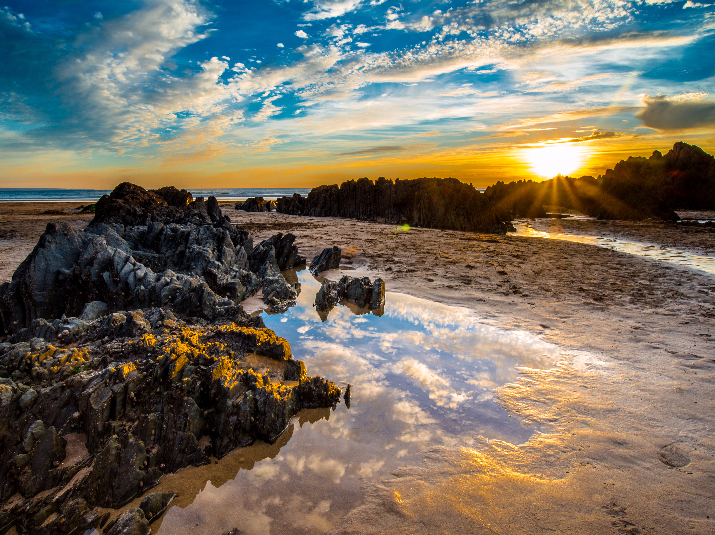3. When the sun is rising and you're shooting into it, you run the risk of the camera underexposing and creating silhouettes of whatever is in the foreground – if that's not the effect you are after, add in some exposure compensation if necessary e.g. +1 EV. The best way to check the exposure is by looking at the histogram. This shows the exposure across your image in a simple graph: shadow and dark areas/pixels are on the left, and highlights and bright areas/pixels to the right. What you are after is a fairly even distribution across the histogram, creating a smooth 'bell curve' appearance. If your histogram shows lots of peaks to the left, the image is underexposed; overexposure is seen as lots of peaks on the right hand side, which you can correct by dialling in some negative exposure compensation e.g. -1 EV.

